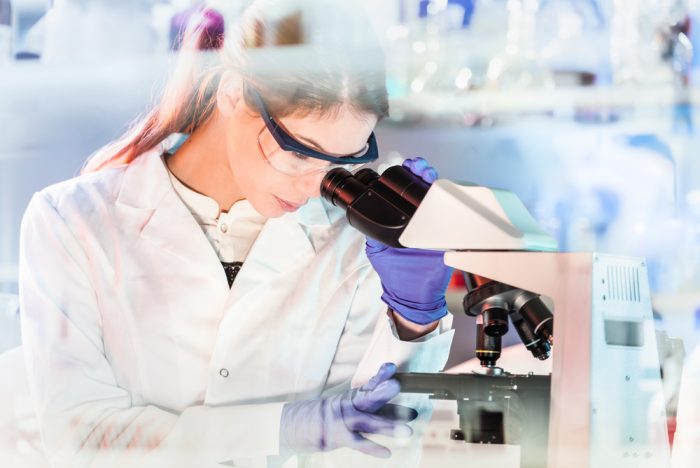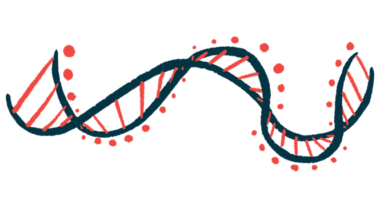Stem Cell Therapy Researchers in Australia Awarded 3-Year Grant

Matej Kastelic/Shutterstock
Researchers in Australia were awarded a three-year grant to advance the development of a gene therapy for Friedreich’s ataxia (FA) with the help of stem cells.
The grant of $731,061 (AU$982,861) was awarded by the Medical Research Future Fund, and the National Health and Medical Research Council.
The research, led by Mirella Dottori, PhD, associate professor at the University of Wollongong, is being done in collaboration with scientists from the Children’s Medical Research Institute at Westmead Hospital, Sydney, the Murdoch Children’s Research Institute and St Vincent’s Institute of Medical Research in Melbourne, the University of Melbourne, and The Council of the Queensland Institute of Medical Research.
“This grant is the pinnacle of years of work from all of us bringing together our technologies and expertise to develop and deliver a potential curative therapy for FA,” Dottori said in a university press release.
Dottori’s research focuses on understanding how to direct human stem cells to differentiate into nerve cells, and creating models to study and develop therapies for conditions that affect the nerves, such as ataxia.
FA is caused by mutations in the Frataxin gene, which is crucial for the proper functioning of energy-producing mitochondria within cells. Frataxin mutations lead to a disruption in energy production within cells, causing damage to multiple organs, particularly the nervous system, heart, and muscles.
Stem cells and gene therapy are emerging as new tools to potentially cure certain rare genetic diseases.
All cells in the body originate from stem cells before maturing into specialized cells such as nerve, muscle, or heart cells. Under laboratory conditions, stem cells harvested from an individual can be grown into specialized cells from any part of the body. Gene therapy, on the other hand, offers the ability to replace mutated genes with healthy versions.
“This research is using stem cells as a platform to develop an optimal gene therapy approach to treat FA,” Dottori said. “We will use stem cells derived from FA patients to make nerves and heart cells ‘in the dish’, which will be used to screen different and novel gene therapy viruses to determine the optimal virus for delivering Frataxin protein to the nervous system and heart tissue.”
Gene therapy uses specific viruses to deliver healthy genes to cells. The research team will test different viral vectors and conditions on tissues created based on stem cells from patients. The idea is to determine which combination is best for the production of healthy frataxin proteins.
Gene therapy comes with several limitations, including viruses targeting the wrong cells, causing inflammation in organs. Dottori and her team hope to overcome such challenges by identifying safer viruses and by using modern, specialized technologies.
“The current viruses being used … have certain limitations, particularly in terms of tissue targeting,” Dottori said. “We believe that our platform and technologies can address these limitations and identify novel gene therapy viruses that will deliver more optimal outcomes for FA.”
“Our aim is to develop an optimal gene therapy approach within the next three years, which will then be at the doorstep for clinical trials,” she added.








